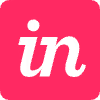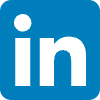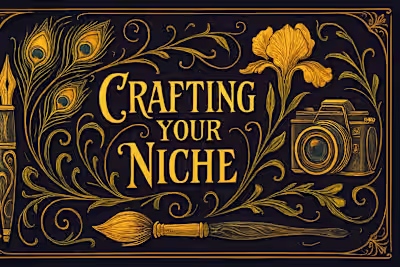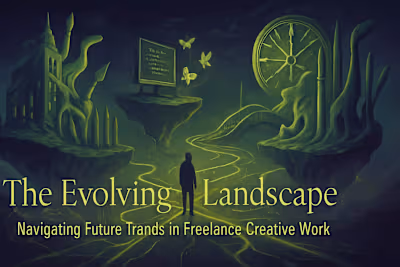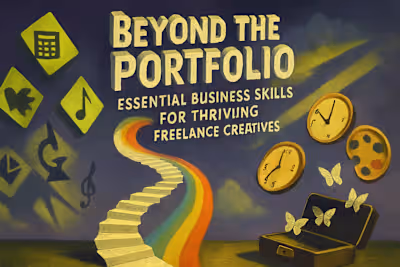Mastering the Hunt: Your Ultimate Guide to Finding High-Paying Freelance UX Jobs in 2025
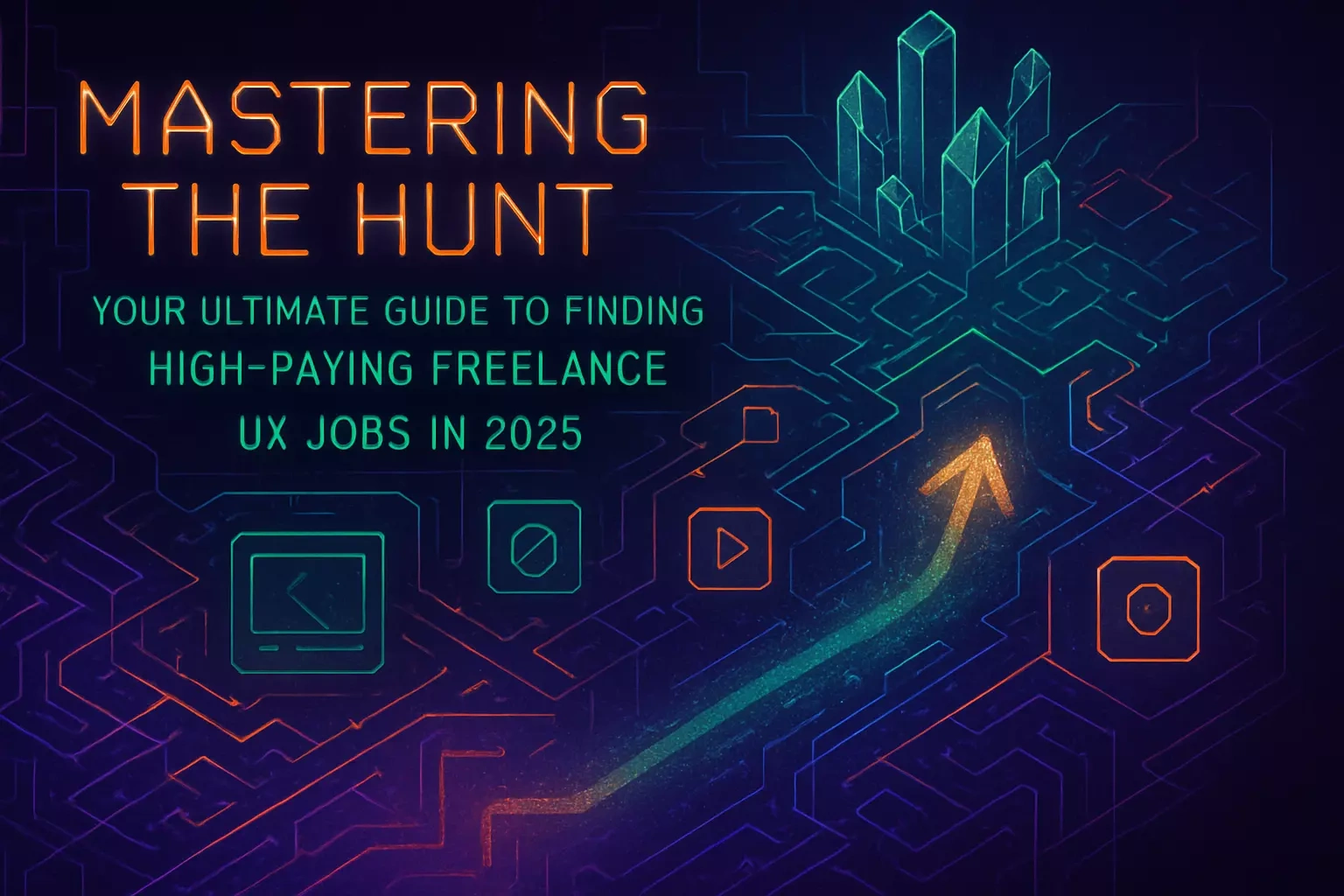
Mastering the Hunt: Your Ultimate Guide to Finding High-Paying Freelance UX Jobs in 2025
Understanding the Current Freelance UX Job Landscape
Key Trends in Freelance UX
What High-Paying Clients Seek
Strategic Networking for Freelance UX Success
Leveraging Online Platforms
Attending Industry Events (Virtual & In-Person)
The Power of Referrals
Building a Personal Brand That Attracts Clients
Defining Your Niche and USP
Creating Valuable Content
Optimizing Your Online Presence
Proactive Job Searching Techniques
Targeted Outreach to Companies
Utilizing Niche Job Boards and Communities (General Mention)
Cold Pitching and Proposals
Securing and Negotiating High-Paying Gigs
Understanding Client Needs and Project Scope
Communicating Your Value Proposition
Negotiation Strategies
References
Mastering the Hunt: Your Ultimate Guide to Finding High-Paying Freelance UX Jobs in 2025
Understanding the Current Freelance UX Job Landscape
Key Trends in Freelance UX
What High-Paying Clients Seek
Strategic Networking for Freelance UX Success
Leveraging Online Platforms
Attending Industry Events (Virtual & In-Person)
The Power of Referrals
Building a Personal Brand That Attracts Clients
Defining Your Niche and USP
Creating Valuable Content
Optimizing Your Online Presence
Proactive Job Searching Techniques
Targeted Outreach to Companies
Utilizing Niche Job Boards and Communities (General Mention)
Cold Pitching and Proposals
Securing and Negotiating High-Paying Gigs
Understanding Client Needs and Project Scope
Communicating Your Value Proposition
Negotiation Strategies
References
Posted Jun 11, 2025
Discover proven strategies to find lucrative freelance UX jobs. Learn how to network effectively, build your brand, and identify high-paying opportunities in the UX design field.




